Discover the power of Human Insight too! Schedule a free demo or contact us today!
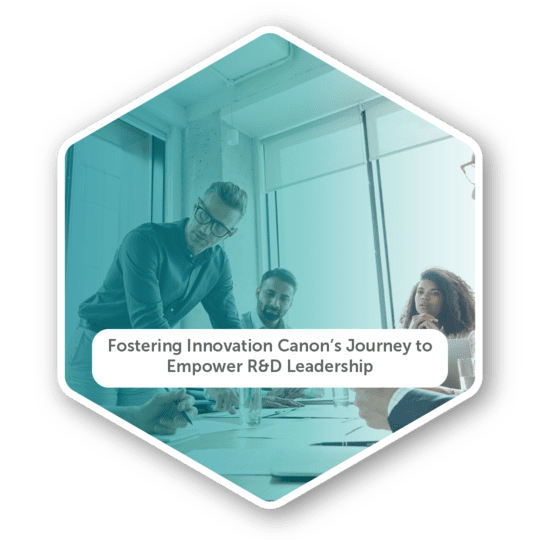
By Managing Partner, M.Sc Sebastian Hamers
With the rapid advancements in technology and evolving market demands, fostering effective leadership skills is paramount for sustaining innovation and ensuring a competitive edge. This business case proposes the implementation of a comprehensive Leadership Development Program tailored for the Canon R&D Management Team. This program aims to enhance the team’s quality of interaction, equipping them with the skills necessary to navigate the complex challenges of the industry.
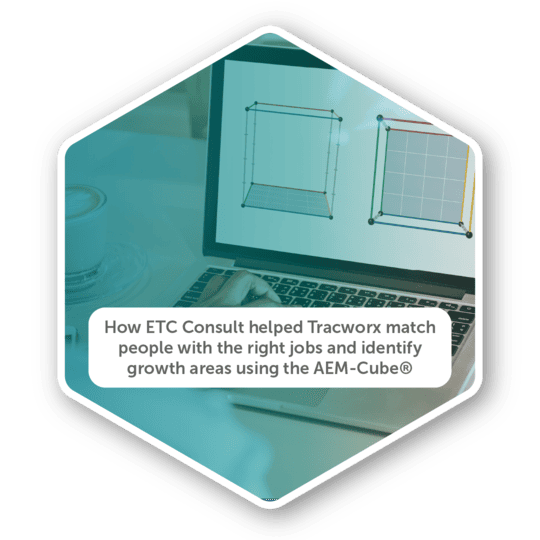
By Eugenia Melissen and Magali Coello in collaboration with Stephen Shortt
ETC Consult (Education, Training and Career) is a leading provider of scientifically-backed career guidance, psychometric assessments, psychometric selection and
training services to the Irish market. ETC Consult has been helping individuals pursue a career that fits their personality, interests and aptitude for 40 years.
This time it was looking for the right tool to make Tracworx’s team more cohesive and allow operations to run smoothly.
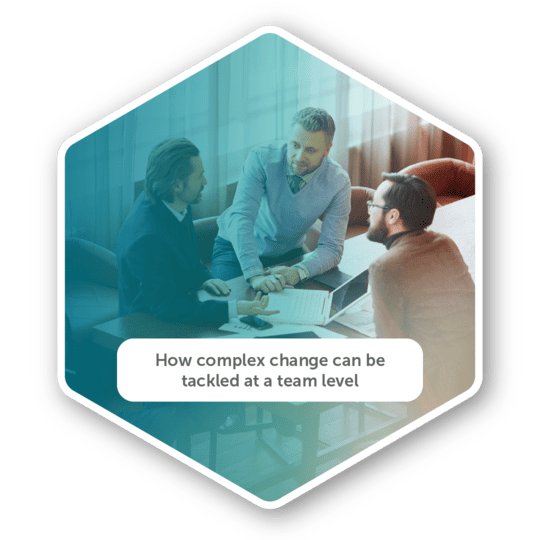
By M.Sc Emma Makkink and Magali Coello in collaboration with M.Sc Michael van Eck
What do performance, leadership, cognitive diversity and psychological safety have in common? If you don’t immediately think of something concrete, don’t worry. In this business case, we will tell you how these concepts are all connected. We do this by means of a practical example. In this article, you can read all about the consulting process that Nestlé, the largest food and beverage organisation in the world, is currently undergoing to improve performance and sustainability.
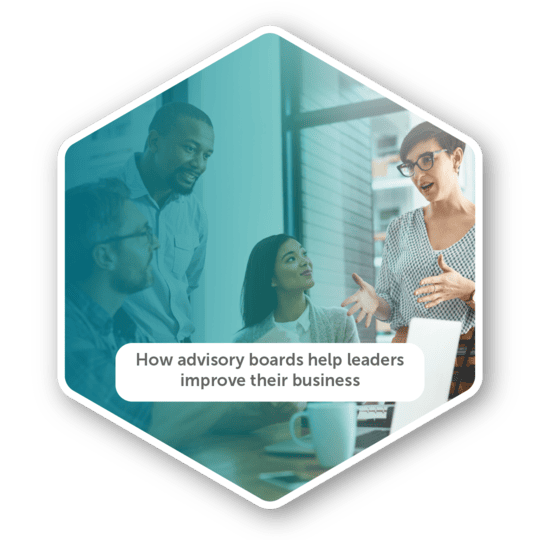
By M.Sc Emma Makkink and Magali Coello in collaboration with senior practitioner Filip Fiers and M.Sc Anke Cosijns
Advisory boards have shown to be a great help for leaders and entrepreneurs to overcome the challenges of growing a successful business. With their diversity in expert opinion, skills, knowledge and guidance, advisory boards can provide companies with non-binding strategic advice and insight. They can help an organisation test its strategic thinking and open doors
to certain expertise that may not have been available otherwise (Advisory Board Centre, 2020).
In short, a collaboration between the leadership and an advisory board is an invaluable asset to any organisation.
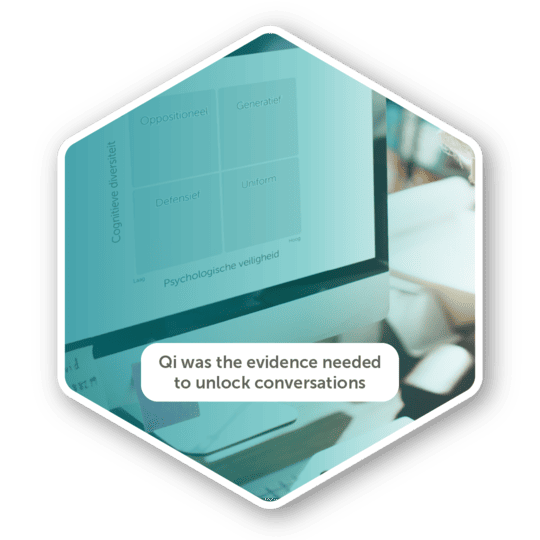
By M.Sc student Emma Makkink in collaboration M.Sc Diana Hogbin-Mills and Julia Hands
How a leadership team within Network Rail shifted the level of psychological safety and inclusion, using the Quality of Interaction Index, ABP award nominated tooling.
Network Rail’s (NR) strategy of Putting Passengers First is a radical step change that addresses the polarity of delivering a better service whilst continuing to improve NR’s safety record. Over the past two years, there has been, and continues to be, many challenges to deliver the strategy including covid-19, organisational restructures, ongoing operational issues but more significantly, it required new ways of leading and different employee behaviours.
NR needed to think differently about how people do their jobs and embed new habits that would deliver a safe service.
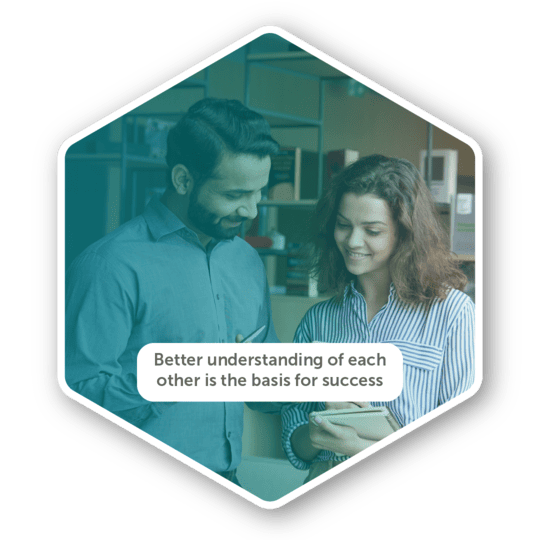
By M.Sc Emma Makkink in collaboration with M.Sc Suzanne Dortland
Facilicom’s facilities team and their customer’s facilities team* had been working together for some time, and they were jointly responsible for the facility management for the customer. However, because there would be a change in the contract, this meant that both parties required a different way of collaborating with one another: where certain services were previously supplied to the customer via external companies, Facilicom now started offering all these services to the client. This also involved a different organisational structure, because Facilicom would now take on the tactical and operational aspect and the customer the strategic part.
This presented a number of challenges: who is responsible for what? This is why Facilicom’s facility teams and their customer have taken the step to improve this together.
*For privacy reasons, the customer’s name has been anonymised
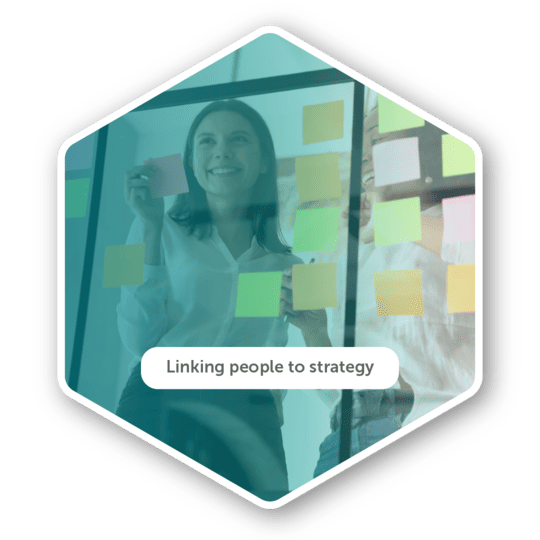
By Karina Steens in collaboration with senior practitioners Paul van Geyt and Filip Fiers
Senior leaders and team leaders cope with a lot of challenges. A McKinsey’s survey article in 2010 describes how many leaders lack the skills needed to deal with the dynamics which undermine organisational performance and team performance.¹
In 2011, our business partners Paul Van Geyt and Filip Fiers set up a process-oriented and tailor-made team approach. It combined the insights from the organisational strategy with a practical methodology that made its way at that time in the US.
¹McKinsey Quarterly, How centered leaders achieve extraordinary results, 2010, McKinsey & Company
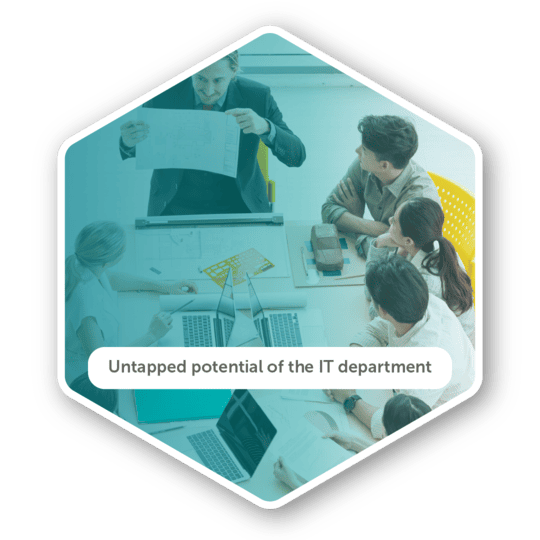
By M.Sc Charlotte Picavet in collaboration with Tabitha Scott
Due to the corona pandemic, a Fortune 500 Lifestyle Retailer was faced with a challenge: to provide the same quality of service for their customers, but now online instead of in real life. Home deliveries and customer interaction that normally took place in-store were now incorporated into a new mobile application designed by their in-house IT team.
After evaluation, it appeared from the customers that the user experience was not optimal, mainly in the field of interface and design. These were unexpected results, considering the expertise and capabilities of the IT team. So why did it go wrong?
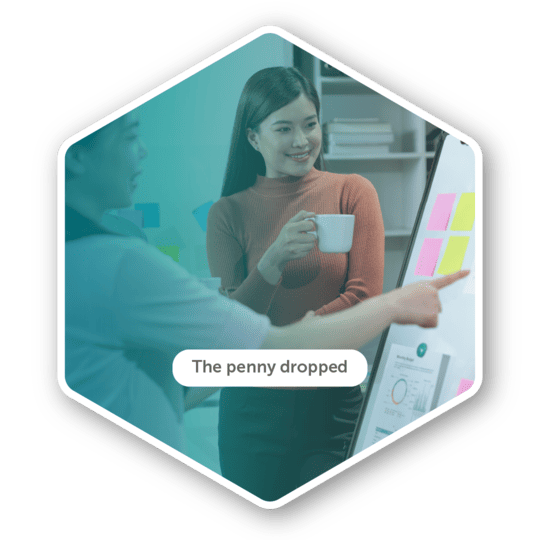
By M.Sc Emma Makkink in collaboration with Greg Elton
After working with the company about three years before, they reapproached our partner: a few months ago, following the nuclear site recruiting, a new station director was put in place. During the three years prior, changes had taken place in the executive and leadership team.
Although the company’s site is performing well, over the next few years they are driving towards being the global benchmark for the company’s sites. Therefore, they had a great need to drive improvement, and a need for cultural and organisational change: very exploratory elements. However, some of that has been unsuccessful in the past, and the new site director was determined to understand why that was the case.